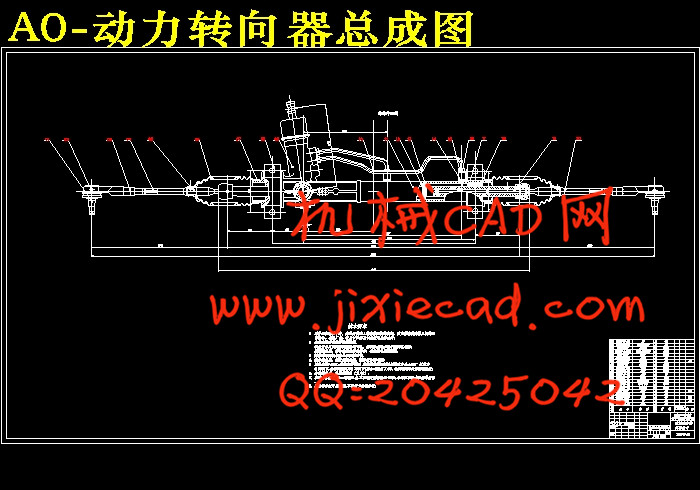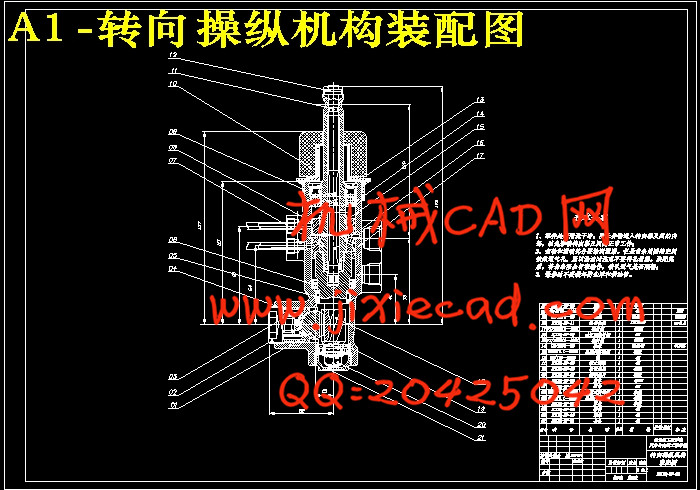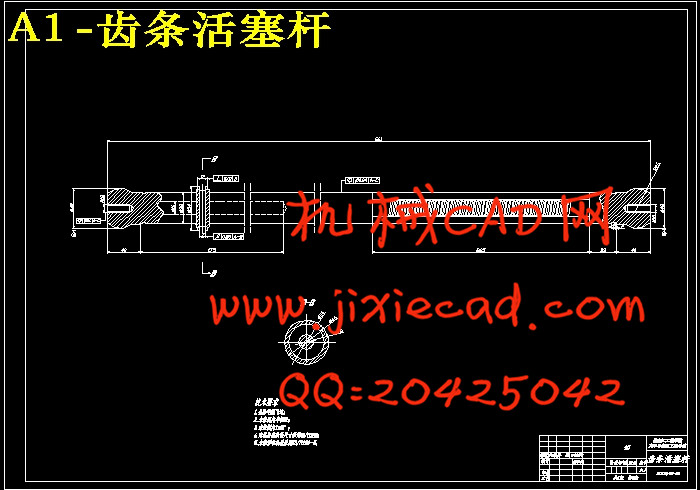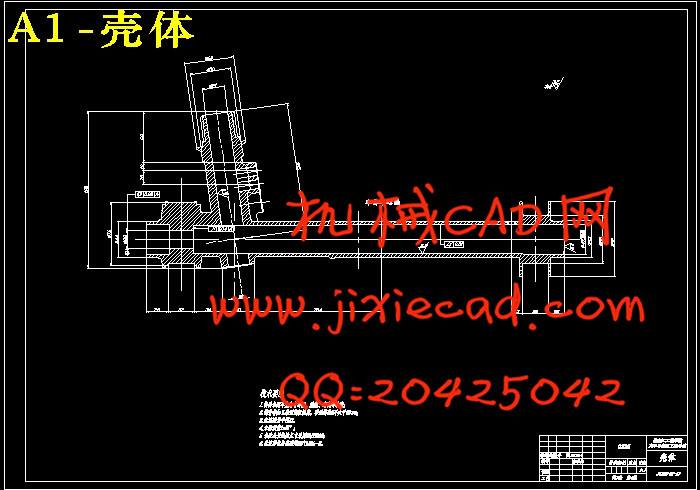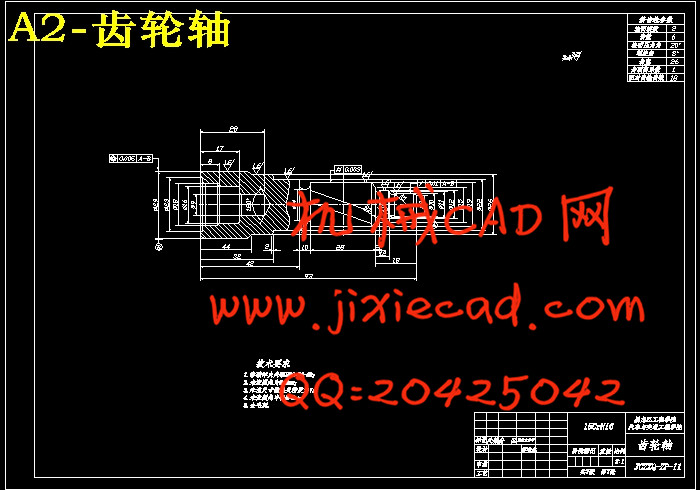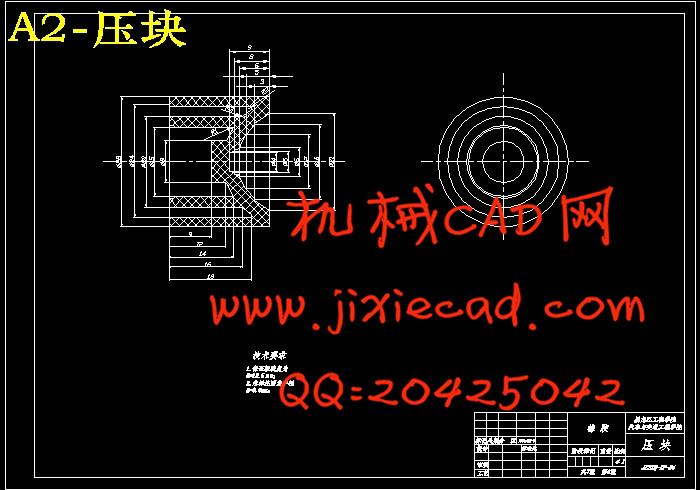设计简介
摘 要
转向系统是汽车底盘的重要组成部分,转向系统性能的好坏直接影响到汽车行驶的安全性、操纵稳定性和驾驶舒适性,它对于确保车辆的行驶安全、减少交通事故以及保护驾驶员的人身安全、改善驾驶员的工作条件起着重要作用, 因此,开发一种科学、先进、稳定、环保的汽车转向系统,不但可以满足人们的驾驶需求同样也会在激烈的时常竞争中提升自己的竞争能力。
本设计的目的就是综合现今国内、国际上转向系统的发展情况探讨开发一种更加先进、科学的转向系统,并在转向器方面做重点的讨论,本文介绍了汽车转向器的类型、结构,以及转向器综合性能评价的发展趋势,在对大量资料分析的基础上,提出了转向系的总体方案,并针对转向器的参数进行了分析和计算,根据汽车动力转向系的设计要求,以及机械设计原理、汽车设计基础设计了液压动力转向器的总体结构。该课题的研究会为汽车转向系统的设计和开发提供更加科学、环保、稳定、高效的方法,对提高产品设计和制造质量探索了新的途径。
关键词:液压助力;转向器;设计;齿轮齿条;活塞
ABSTRACT
Automotive steering system is an important part of the chassis, steering system performance to a direct impact on car safety, handling stability and driving comfort, it is essential to ensure the vehicle safety and reduce traffic accidents and the protection of the driver's personal safety, to improve the working conditions of the driver plays an important role, therefore, to develop a scientific, advanced, stable, environmentally friendly vehicle steering systems, not only to meet the needs of people driving would also from time to time in the fierce competition to upgrade their competitiveness.
The purpose of this design is the integrated current domestic and international on the development of steering systems to explore the development of a more advanced and scientific steering system and steering the focus of the discussion has done, this article describes the types of vehicle steering gear, structure, and steering the development of a comprehensive performance evaluation of the trend in the analysis of large amounts of data on the basis of a steering system of the overall program, and steering parameters for the analysis and calculation, according to the vehicle's power steering system design requirements, as well as the mechanical design principle, the basis for the design of automotive design the hydraulic power steering of the overall structure. The study of the subject motor vehicle steering system for the design and development of more scientific, environmental protection, stable and efficient method to improve the quality of product design and manufacture of new avenues to explore.
Key words: Hydraulic power;Steering gear;Design;Pinionandrack;Piston
目 录
摘要……………………………………………………………………………………………Ⅰ
Abstract …………………………………………………………………………………Ⅱ
第1章 绪论……………………………………………………………………………1
1.1课题研究的目的及意义………………………………………………………………1
1.2汽车转向器研究的发展及趋势概况…………………………………………………1
1.3 不同类型转向系统的结构及特点……………………………………………………4
1.3.1 传统机械转向系统……………………………………………………………4
1.3.2 液压助力转向系统(HPS)………………………………………………………4
1.3.3电控液压助力转向系统(EHPS)……………………………………………5
1.3.4 电动助力转向系统(EPS)………………………………………………………6
1.3.5 线控转向系统(SBW)…………………………………………………………7
1.4转向器设计要求………………………………………………………………………7
1.5设计主要内容…………………………………………………………………………8
第2章 液压动力转向器方案分析及确定……………………………………………9
2.1转向器结构优缺点分析和选择……………………………………………………9
2.1.1齿轮齿条式转向器………………………………………………………………9
2.1.2循环球式转向器………………………………………………………………10
2.1.3蜗杆滚轮式转向器……………………………………………………………11
2.1.4蜗杆指销式……………………………………………………………………11
2.2齿轮齿条式动力转向器结构…………………………………………………………11
2.3液压动力转向器工作原理及过程……………………………………………………12
2.3.1工作原理………………………………………………………………………12
2.3.2工作过程………………………………………………………………………13
2.4转向系主要性能参数………………………………………………………………15
2.4.1转向系的效率…………………………………………………………………15
2.4.2 转向系传动比…………………………………………………………………16
2.4.3 转向器的传动副的间隙特性…………………………………………………17
2.4.4转向系的刚度…………………………………………………………………18
2.4.5转向盘的总转动圈数…………………………………………………………18
2.5本章小结………………………………………………………………………………19
第3章 液压转向器的设计计算…………………………………………………………20
3.1转向系计算载荷的确定………………………………………………………………20
3.2齿轮齿条式转向器的设计……………………………………………………………21
3.2.1选定齿轮类型、精度等级、材料及齿数………………………………………21
3.2.2按齿面接触硬度设计…………………………………………………………21
3.2.3按齿根抗弯强度设计…………………………………………………………23
3.2.4几何尺寸计算…………………………………………………………………25
3.3液压式动力转向机构的计算…………………………………………………………26
3.3.1动力缸尺寸的计算……………………………………………………………26
3.3.2活塞行程S的计算…………………………………………………………26
3.3.3分配阀的回位弹簧…………………………………………………………27
3.3.4动力转向器的评价指标………………………………………………………27
3.4 本章小结………………………………………………………………………………28
结论……………………………………………………………………………………………29
参考文献 ……………………………………………………………………………………30
致谢……………………………………………………………………………………………31
摘要……………………………………………………………………………………………Ⅰ
Abstract …………………………………………………………………………………Ⅱ
第1章 绪论……………………………………………………………………………1
1.1课题研究的目的及意义………………………………………………………………1
1.2汽车转向器研究的发展及趋势概况…………………………………………………1
1.3 不同类型转向系统的结构及特点……………………………………………………4
1.3.1 传统机械转向系统……………………………………………………………4
1.3.2 液压助力转向系统(HPS)………………………………………………………4
1.3.3电控液压助力转向系统(EHPS)……………………………………………5
1.3.4 电动助力转向系统(EPS)………………………………………………………6
1.3.5 线控转向系统(SBW)…………………………………………………………7
1.4转向器设计要求………………………………………………………………………7
1.5设计主要内容…………………………………………………………………………8
第2章 液压动力转向器方案分析及确定……………………………………………9
2.1转向器结构优缺点分析和选择……………………………………………………9
2.1.1齿轮齿条式转向器………………………………………………………………9
2.1.2循环球式转向器………………………………………………………………10
2.1.3蜗杆滚轮式转向器……………………………………………………………11
2.1.4蜗杆指销式……………………………………………………………………11
2.2齿轮齿条式动力转向器结构…………………………………………………………11
2.3液压动力转向器工作原理及过程……………………………………………………12
2.3.1工作原理………………………………………………………………………12
2.3.2工作过程………………………………………………………………………13
2.4转向系主要性能参数………………………………………………………………15
2.4.1转向系的效率…………………………………………………………………15
2.4.2 转向系传动比…………………………………………………………………16
2.4.3 转向器的传动副的间隙特性…………………………………………………17
2.4.4转向系的刚度…………………………………………………………………18
2.4.5转向盘的总转动圈数…………………………………………………………18
2.5本章小结………………………………………………………………………………19
第3章 液压转向器的设计计算…………………………………………………………20
3.1转向系计算载荷的确定………………………………………………………………20
3.2齿轮齿条式转向器的设计……………………………………………………………21
3.2.1选定齿轮类型、精度等级、材料及齿数………………………………………21
3.2.2按齿面接触硬度设计…………………………………………………………21
3.2.3按齿根抗弯强度设计…………………………………………………………23
3.2.4几何尺寸计算…………………………………………………………………25
3.3液压式动力转向机构的计算…………………………………………………………26
3.3.1动力缸尺寸的计算……………………………………………………………26
3.3.2活塞行程S的计算…………………………………………………………26
3.3.3分配阀的回位弹簧…………………………………………………………27
3.3.4动力转向器的评价指标………………………………………………………27
3.4 本章小结………………………………………………………………………………28
结论……………………………………………………………………………………………29
参考文献 ……………………………………………………………………………………30
致谢……………………………………………………………………………………………31


